Speaking of price reductions in San Francisco and a decline in the price per square foot, the list price for the single-family home at 4540 20th Street, a remodeled home which boasts a “prime Eureka Valley location,” a “chef’s kitchen,” and a private “outdoor oasis”/ rear yard, has been reduced two more times since we featured it last month and it’s now priced at $1.999 million having been listed for $2.5 million in July.
While a sale at $1.999 million would be considered to be “at asking” according to all industry stats and aggregate reports, it would be 14 percent below the $2.325 million that was paid for the home in May of 2018, prior to it being further improved.
If you think you know the market for remodeled single-family homes, here’s another chance to tell. Keep in mind that the widely misrepresented Case-Shiller index for single-family home values in “San Francisco” is up 46 percent over the same period of time.
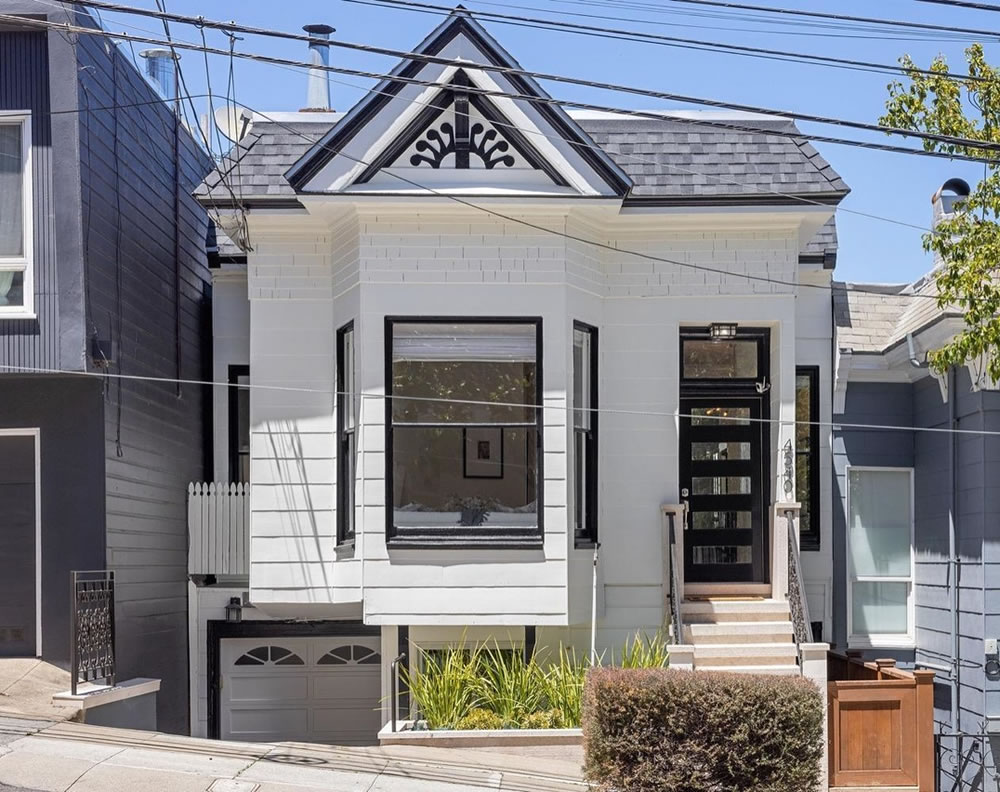



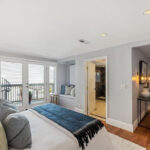


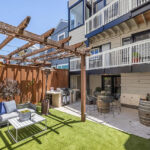
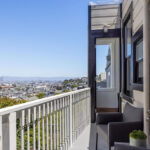
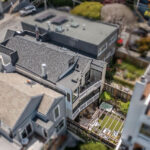
Still twice what it should be. Wall Street and International money laundering have screwed the pooch.
Fred,
The “pooch screwing” occurred much closer to home.
The primary reason this house is so expensive is due to the artificial/chronic/extreme scarcity resulting from 4+ decades of ever-increasing anti-housing policies set in motion by NIMBY voters and their representatives on the BOS.
Nationally, ~30% of home sales are to speculators. Considering how many vacant units there are, it might be higher in SF. It is impossible to build enough product to meet organic demand when so much of the demand is from speculators. It’s a feedback loop, with higher prices fueling more speculative demand fueling more product fueling higher prices….
The loop doesn’t end until the factors that induced the loop to begin with end. Thousands of “market rate” units have been added in SF over the last decade plus, and prices kept going up. Some of us said that building almost exclusively “market rate” shelter, while good for bankers, builders, landlords, and real estate mongers, would only make all housing more expensive, and in retrospect, QED. We also said that house prices would only ebb when the “cheap money” conditions that induced the bubble – ZIRP and QE – ended. Et voila, QED.
To be a bit more precise, around 30,000 units of housing were built and added to San Francisco’s housing stock over the past decade and over 50,000 units over the past twenty years. At the same time, there were another 7,800 units of housing under construction across San Francisco at the beginning of this year, with another 9,000 units that have been approved and permitted but had yet to break ground and another 9,000 entitled units for which building permits had been requested but not yet approved.
As anyone who has been reading this site is well aware, there are few parcels where new detached SFHs can be built in San Francisco, and the overwhelming majority of new housing units that are being built, or even proposed, are multi-family. On top of that, the admittedly recent State SB9 legislation has produced, in S.F., overwhelmingly applications for lot splits and duplexes targeting existing detached SFH lots and there is no reason to believe that trend won’t continue for the near future.
Supply is constrained to begin with and that is not due to “artificial scarcity resulting from…ever-increasing anti-housing policies set in motion by NIMBY voters”, it is due to physical constraints on available land for SFHs, and that is the primary reason this house is so expensive. And the supply is contracting, largely due to the success that the flippers, developers, and other hangers-on in the real estate “game” have had in lobbying for their pecuniary interests at the state level.
Even if there were no members of the San Francisco Board of Supervisors who respond to the interests of the citizens of the City and County of San Francisco not in the real estate “game”, this house would still be expensive, since many people with families prefer SFHs. SFHs are also unarguably a better “forced savings” vehicle to build wealth when compared with condominiums, which produces a certain floor of demand for them, including from foreigners who want to invest outside their home countries.
Now “hangers on” have a strong lobby at the state level. Oh man
A little history.
If you look around any neighborhood in SF you can see the uninterrupted development and up-density building pattern for 100 years plus prior to the 1960’s. The last big new residential developments were in the 1950’s. In the Outer Avenues. With Diamond Heights and Park Merced being the last. In the 1960’s. Then almost nothing especially any widespread up-density development for around 40 years. Almost totally due to anti-growth ordinances and zoning laws.
The long-term effect of this severe artificial constrain on supply was hidden for many years by the continued decline of the City population from its 1950 peak of 800K to its low of around 670K in the early 1980’s. But the population started going up in the late 1980’s and by late 1990’s there was already a severe housing crunch. SF was still losing residential housing units due to recoversions and the huge inflation driven property bubble of the 1970’s had increased the price of property by 4x plus. With Prop 13 then greatly reducing in-state house mobility. Even in 1990’s the SF property and rental markets were severely dysfunctional.
Since the late 1990’s there has been a limited amount of new residential building. But in neighborhoods people dont want to live in and in the type of units only fit for transient rentals. The amount of up-density building in the rest of the City has been minimal. In neighborhoods people want to live in. In the type of property people would want to make a home. Especially compered with development patterns from 1890’s to 1960’s.
So yeah, the completely dysfunctional property and rental market in SF is totally due to artificial scarcity due to city and state laws, regulations, zoning and the often bizarre interpretation and enforcement of the them.
A comparison with the development patterns in Seattle over last four decades is instructive. Which had few of the artificial constrains of SF. Seattle has its own issues (big ones) but if you compare equivalent neighborhoods in both cities what is most striking is that there has been no serious interruption of the historical pattern up-denisty development in popular neighborhoods. Totally unlike SF. Compare Capitol Hill and the Upper Haight. To pick just one example. Upper Haight looks almost exactly the same as it did in 1990. Whereas Capitol Hill..
You want a functioning property and rental market in SF just like in 1965? Then you need to roll the laws and regulations back to what they were in 1965. After all those were the ones that actually build San Francisco as a big and important city. Not as some kind of gentrified resort town for those just passing through. Which is what it mostly is now.
my guess this sales for 2.2M. ncie house. the only question is how many sq ft? not on listing or in SS post
1873 sqft listed for 2m? For a house at that location and that finish, doesn’t seem like a bad price. Although of course these days, who knows if seller actually will sell at list price or if they are looking for better offers. Not sure underpricing looking for better offer works in current environment…. I guess time will tell.
“Hang on Honey. Gotta floor it to get out of the garage.”
I don’t think that I know the market for remodeled single-family homes in “prime Eureka Valley”, but I do think that is a major disincentive for anyone who is able to purchase this home from actually submitting an offer.
The vast majority of potential qualified buyers are not going to own a compact car which will make it up and down that slope, they’re going to own a luxury SUV which simply will not get into that garage.
Every house has characteristics which will turn off some potential buyers. Every house, even a huge mansion with a multi-car garage with a flat entrance will turn off some buyers. That’s just the way it goes.
Even if huge car aficionados walk away, I’m sure there are plenty of remaining potential buyers for this house to find a fair price.
Just as bad as the basement garage, or maybe worse, is the internal spiral staircase to move between levels. Those things are impossible to carry anything of size up or down, and can be very dangerous when tired or after a drink or two. No thanks.
Only thing “amazing” about this place – how someone came to the decision to put that god awful brown marble in the bathroom.
UPDATE: Amazing Eureka Valley Home Trades for 14 Percent Less